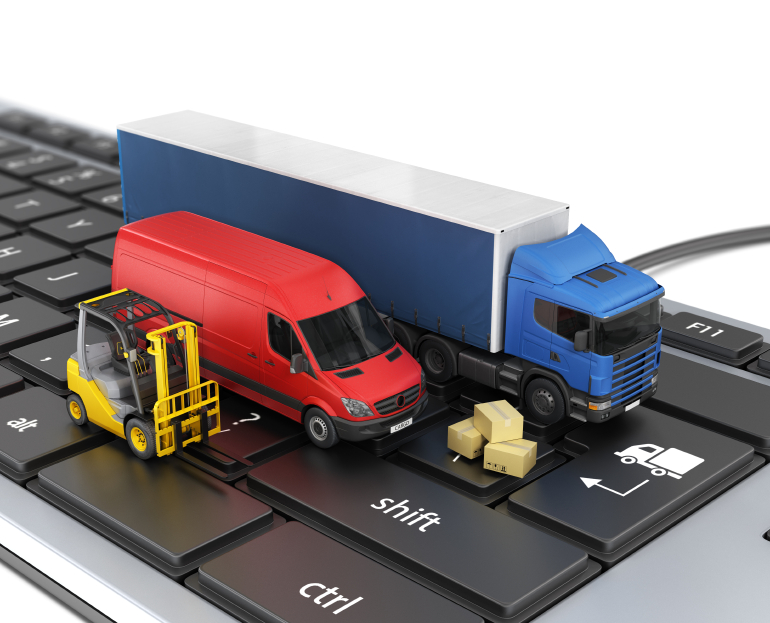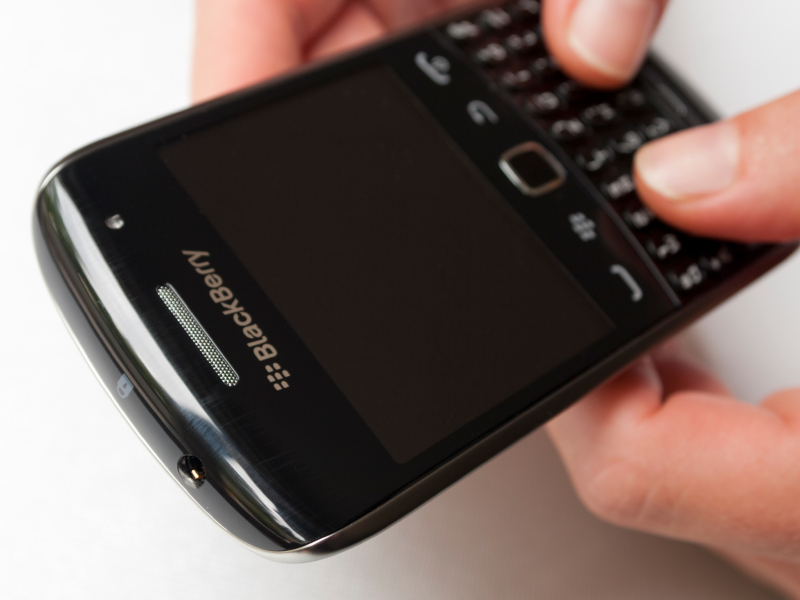
Have you heard of the Internet of Things? Sometimes called IoT, this boundary-pushing technology takes the internet into the real world by creating connectivity between everyday objects. IoT users can hook up their refrigerators, cars, and alarm clocks (for example) to a unified digital network, and interact with these objects from any remote location through a handheld electronic device.
This unusual and innovative tech is being applied to a range of professional fields, but perhaps its most exciting application is to transportation operations. Since transport professionals deal with the business of tracking and relocating cargo, the ability to closely track and interact with ‘Things’ from a distance has obvious appeal—and BlackBerry has taken notice.
BlackBerry is developing its own end-to-end asset tracking system for trucking companies and private fleet operators. The system, called BlackBerry Radar, is currently being used in a customer pilot program and is scheduled for release this summer.
If you’re considering a career in the fast-paced transportation operations field, now is a great time to begin! Check out three key ways BlackBerry Radar technology is set to impact the industry for future transportation operations specialists like you.
1. Using Object Tracking to Help Transportation Operations Boost Efficiency
In the right transportation operations training program, you’ll learn to master modern computerized cargo and goods management systems for domestic and international freight networks. You’ll learn to communicate with your peers in the trucking, shipping, and trade sectors to ensure logistics align smoothly as your coworkers travel along the routes you coordinate.
This is truly a complex and specialized task. According to leaders at BlackBerry, their new system can simplify transportation operations and streamline communications between drivers, suppliers, and operators. Its self-powered tracking devices can even optimize the use of each trailer and shipping container by collecting data from each individual unit, which transport operators can access on the cloud.
According to analyst Andy Castonguay from Machina Research, the new tracking system will be “a key catalyst in the current transformation of the global freight shipping market,” and ultimately improve on-time delivery and overall efficiency.
2. Aiming to Reduce Theft throughout the Transportation Process
Through BlackBerry Radar’s real-time tracking comes what the company calls “world-class security” and visual reports on status updates of transport assets. This means that if you pursue a career in transportation operations, you might find yourself checking your phone for pictures sent by your cargo itself, to ascertain information on its quality and safekeeping.

Because transport companies are responsible for moving everything from liquid freon and fuel to fresh produce and live animals, the care and status of your cargo is likely to be of great importance to each project at hand. The new tracking system could allow professionals to quickly recognize lost or damaged cargo, and track it back to the moment when it was lost or damaged.
3. Cutting Operational Costs for Today’s Transportations Operations Pros
Perhaps the most meaningful way BlackBerry Radar could impact our industry is through its cost-saving potential. Because the proposed system is so integrated and self-sufficient, all you need is a smartphone, tablet, or computer equipped with a web browser, and you can access information for real-time logistical decision-making.
Upon installation, it takes only minutes for BlackBerry Radar to encrypt all transmitted data, authenticate the device and cloud endpoints, and provide an extensive architecture of interfaces for transportation operators to explore.
“Timely information on their assets can help them make agile decisions that can dramatically improve an organization’s profitability,” explains Derek Kuhn, BlackBerry‘s senior vice-president.
Ready to take advantage of industry advancements by pursuing a top transport training school?
Visit CATI to learn more about getting started
